DCS: Flaming Cliffs 3 (FC3) is the next evolution of the Flaming Cliffs series. FC3 features the F-15C, A-10A, Su-27, Su-33, MiG-29A, MiG-29S, Su-25T, and Su-25. The J-11A aircraft featured in the game is a Chinese variant of the Russian Su-27 with minor radar modifications and the ability to use R-77 active air-to-air missiles. FC3 aircraft provide an easy learning curve for new players and focuses on a broad range of aircraft rather than a detailed single aircraft. FC3 adds a number of new features and improvements to previous versions of the Flaming Cliffs series. FC3 is a module of DCS: World, which makes it compatible with all other DCS: World titles like A-10C, Black Shark 2, P-51D, and Combined Arms.
DCS: Flaming Cliffs 3 (FC3) is the next evolution of the Flaming Cliffs series. FC3 features the F-15C, A-10A, Su-27, Su-33, MiG-29A, MiG-29S and Su-25. The J-11A aircraft featured in the game is a Chinese variant of the Russian Su-27 with minor radar modifications and the ability to use R-77 active air-to-air missiles. FC3 aircraft provide an easy learning curve for new players and focuses on a broad range of aircraft rather than a detailed single aircraft. FC3 adds a number of new features and improvements to previous versions of the Flaming Cliffs series. FC3 is a module of DCS World, which makes it compatible with all other DCS: World titles like A-10C, Black Shark 2, P-51D, and Combined Arms.
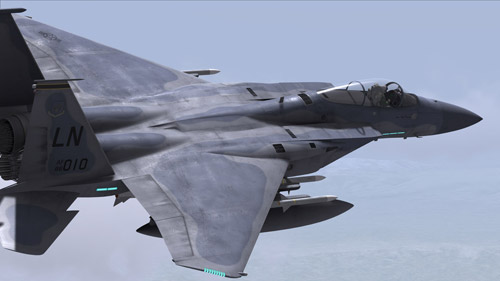
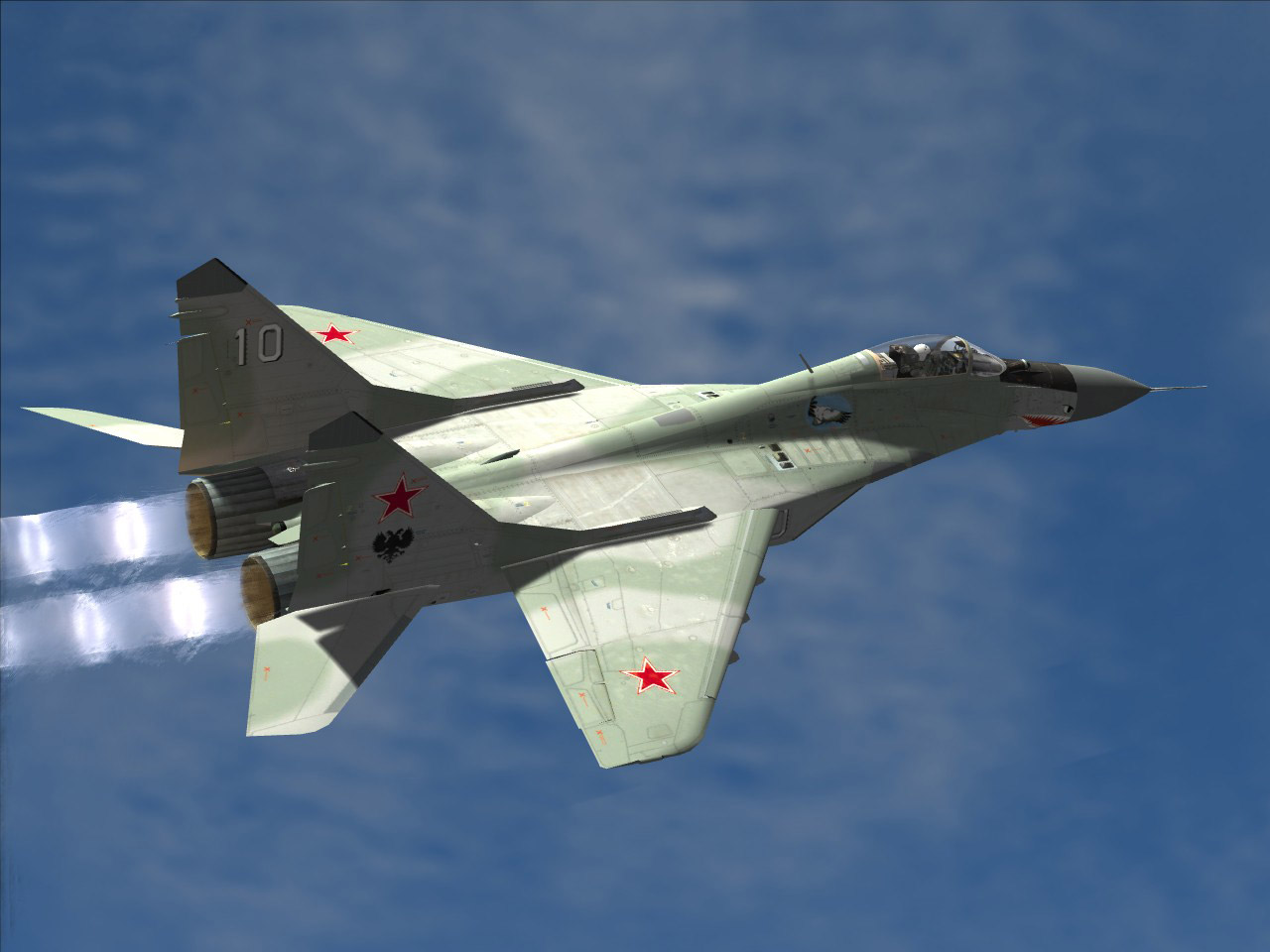
Western observers often conclude, inaccurately, that the Su-27 and MiG-29 were born of a single design program, which copied the U.S. Navy’s F/A-18, no less. Indeed, the Su-27 and MiG-29 look quite similar and some observers cannot readily tell the two aircraft apart, despite the MiG-29 being substantially smaller than the Su-27. Both the Su-27 and MiG-29 design teams reportedly worked with common research data and drew common design conclusions. The MiG-29 has been much more widely exported than the Su-27, serving in many former Warsaw Pact air forces, several of which have since joined NATO (bringing their Soviet-made MiG-29s with them).
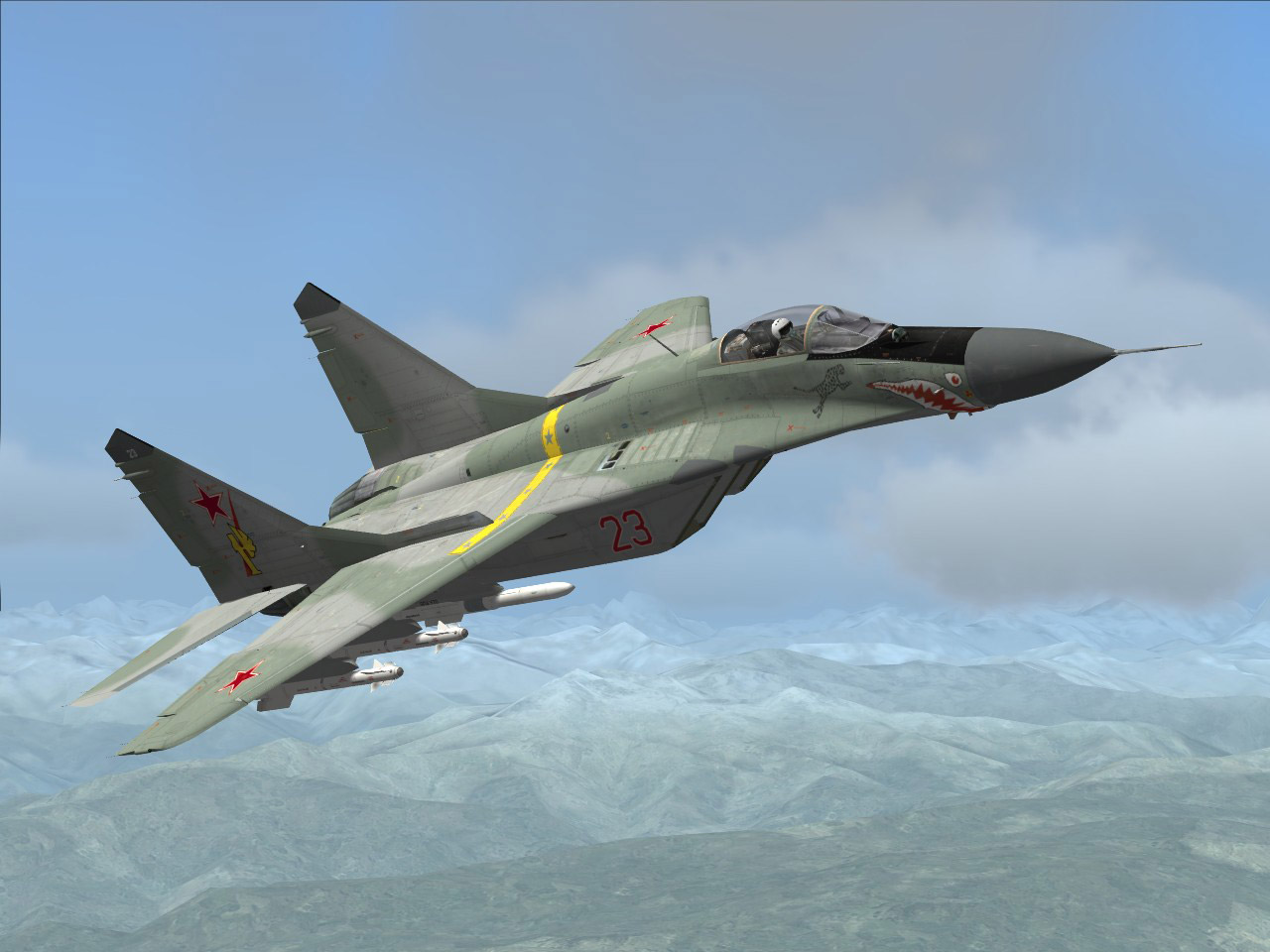
The MiG-29 originally shared most of its avionics suite with the Su-27 (including the radar, the Electro-Optical System (EOS), and the helmet-mounted sight), but was designed as a short-ranged fighter, not as an interceptor. The EOS lets the Fulcrum search for, track, and engage targets without emitting telltale radar signals. Being smaller, it doesn’t carry as many missiles as the Su-27, but its high-AoA maneuverability coupled with the R-73 (AA-11) Archer high off-boresight, heat-seeking missile and helmet mounted sight makes the MiG-29 a deadly dogfighter. The slow-speed turning fight is the MiG-29’s preferred arena where it can use its high-AoA capability to point its weapons at a floundering target. The newer MiG-29S includes onboard electronic countermeasures, a greater fuel load, and the ability to carry the medium-ranged R-77 (AA-12) Adder missile.
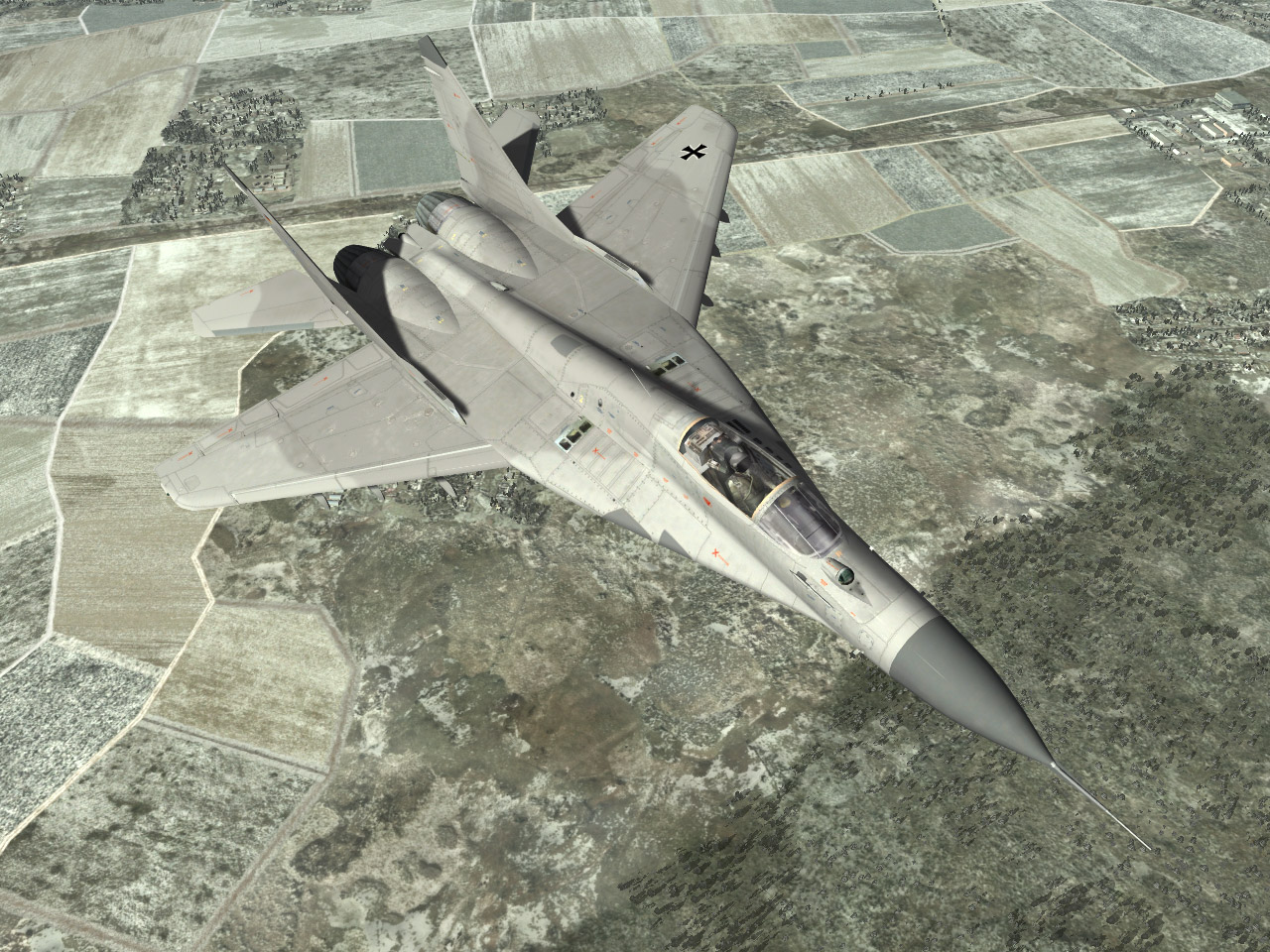
As with the Su-27, critics cite weak avionics and poor cockpit design as weaknesses of the MiG-29. The later MiG-29S (Fulcrum C), though, incorporated numerous improvements including better defensive countermeasures and increased fuel capacity. The MiG-29 reportedly requires a significant amount of maintenance, especially the engines. German MiG-29s (inherited from the East when Germany was re-unified) have had their engine performance "tuned down" to somewhat lengthen engine lifespan. Obtaining spare parts continues to be a concern for former Warsaw Pact nations.
Russian forces in DCS World employ the MiG-29A and MiG-29S, while German forces operate only the MiG-29A.
Combat Modes
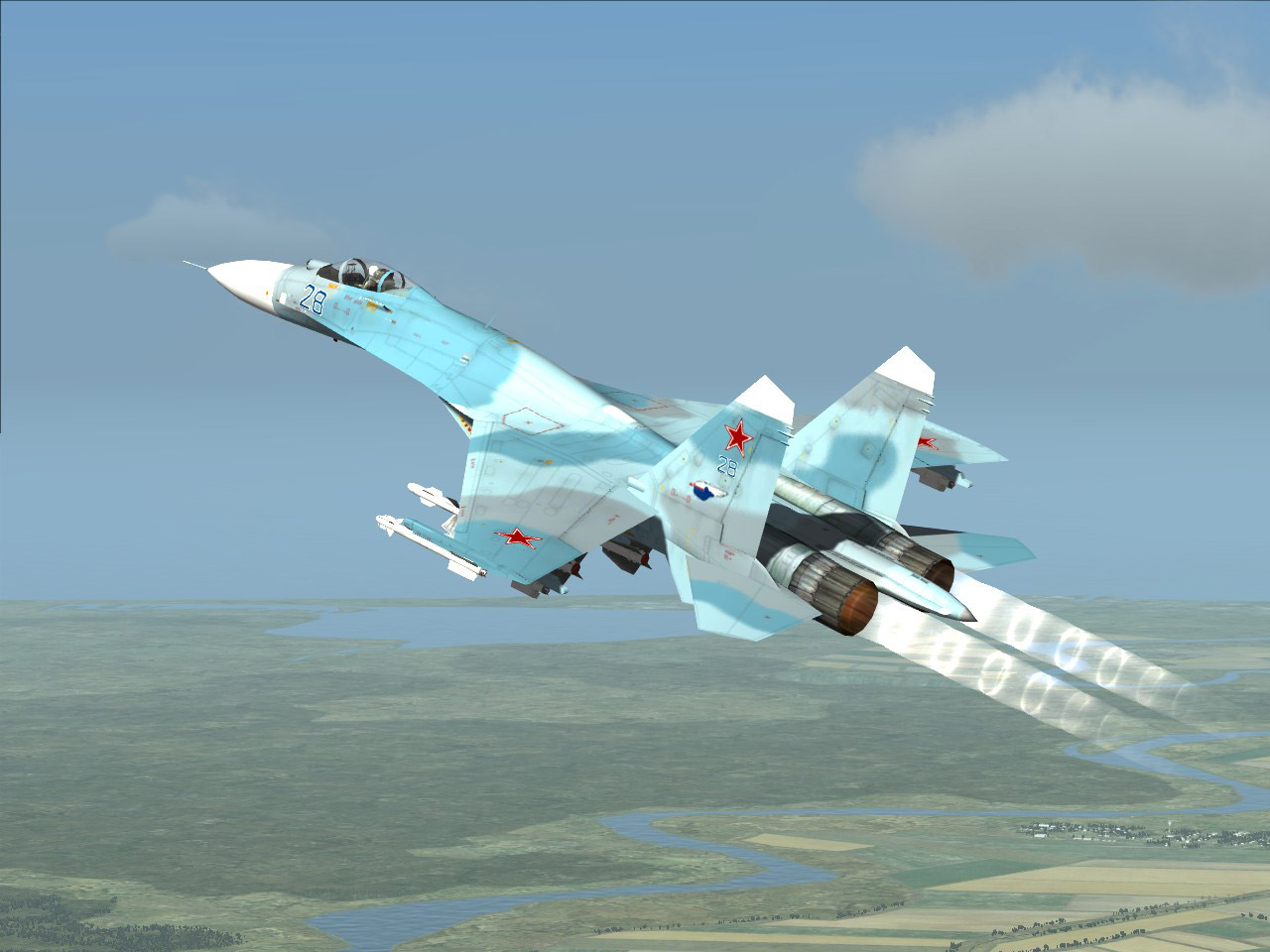
The Su-27 Flanker B and its variants are some of the most impressive and capable fighter aircraft in the world, designed to beat the vaunted F-15C. Born in the waning years of the Cold War, the Flanker did not have an easy life. The initial design suffered serious problems. Then, the breakup of the Soviet Union hindered its deployment, denying it the opportunity to prove itself as one of the world’s greatest aircraft.
The Su-27 is tailored for air-to-air combat, not air-to-ground. Armed with the R-27 (AA-10) Alamo series of missiles, the Flanker has an impressive beyond visual range (BVR) capability. Meanwhile, the helmet mounted sight and high off-boresight R-73 (AA-11) Archer heat-seeking missile, coupled with the Su-27’s high thrust and sustained turn capability, gives the aircraft a powerful edge in a knife fight. High-AoA maneuvering helps the pilot point his weapons at the enemy. Finally, its very large internal fuel capacity keeps it in the fight well after other fighters are running on fumes. It carries as many as ten air-to-air missiles, giving it an impressive "punch".
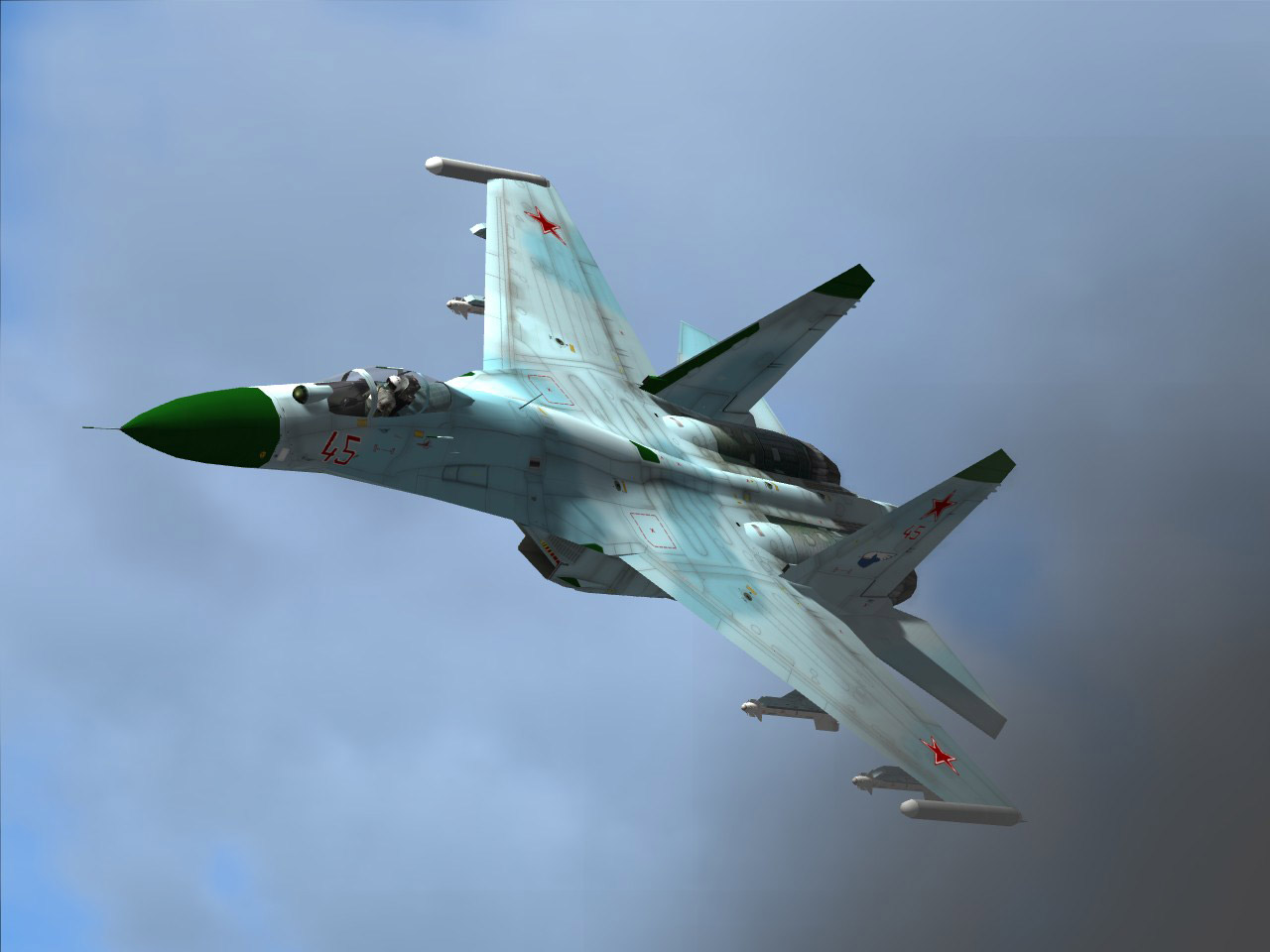
Detractors criticize the Su-27’s avionics and cockpit layout, citing limited ability to track/engage multiple targets, high reliance on Ground Control Intercept (GCI) control, and high pilot workload. However, its passive Electro-Optical System (EOS) lets it find and engage targets without any radar emissions (which can warn the target). Debate continues whether high-AOA maneuvers (such as tail slides and the famed "Cobra") are useful as combat tactics or merely impressive air show stunts.
Su-27 pilots should keep in mind that although the Flanker has a very large internal fuel capacity, hence the lack of external fuel tanks, a fully fueled Flanker can be a very poor performer in a dogfight.
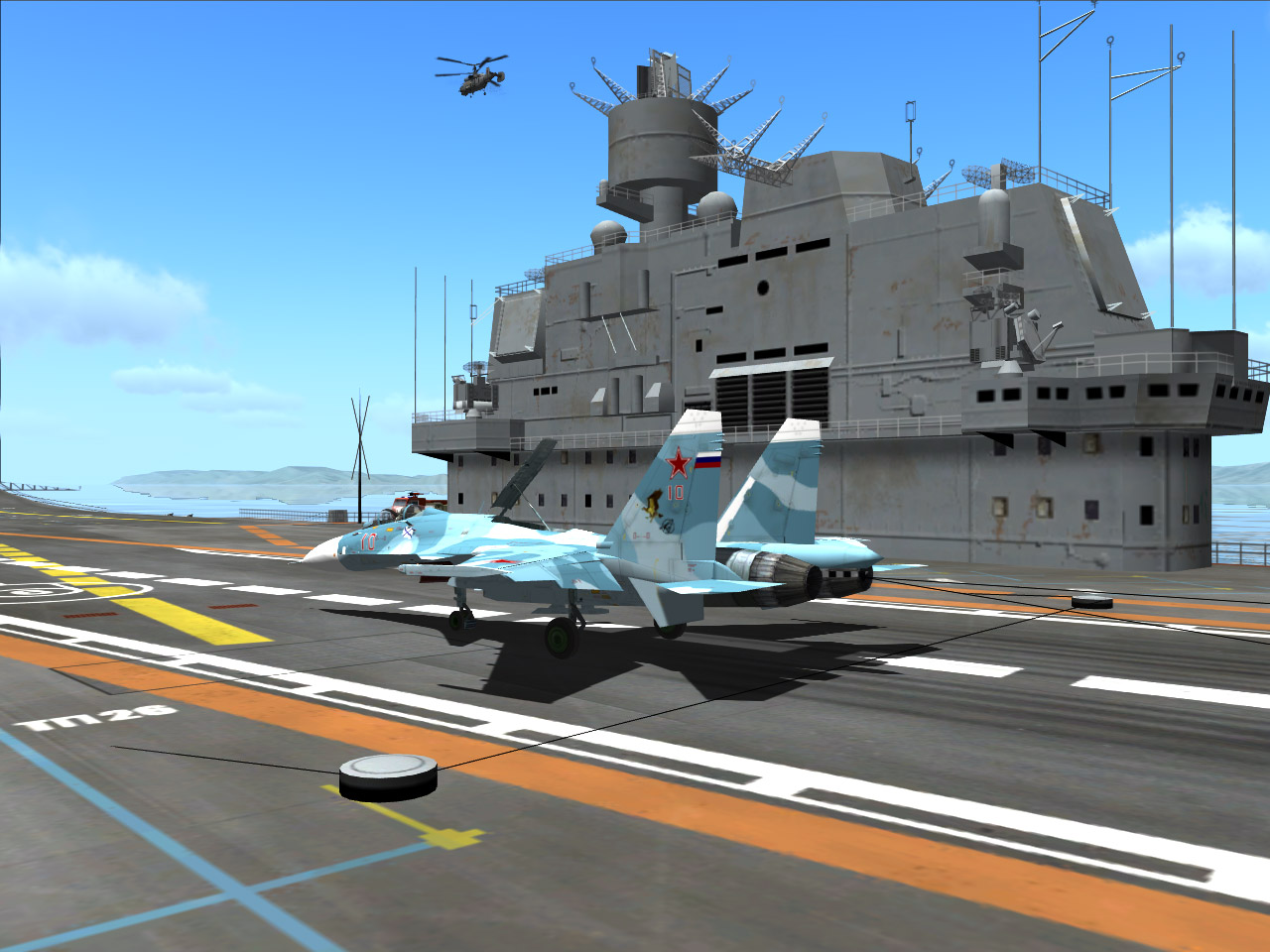
Originally named the Su-27K, this cousin of the Su-27 was specifically designed to operate from Soviet aircraft carriers. Equipped with canards for improved take off and landing performance, the first Su-27K made its maiden flight in 1985. The tail cone was shortened to reduce the risk of tail strike during high-AoA carrier landings, but this also reduced the space available for defensive countermeasures (including chaff and flare dispensers). The Su-33 uses the same radar as the Su-27 and, to a large extent, the same cockpit as well. Neither the Su-33 nor Su-27 has air-to-surface radar modes.
Combat Modes:








